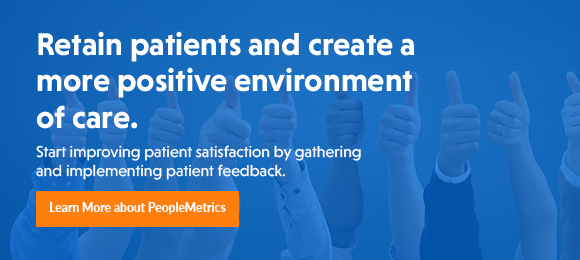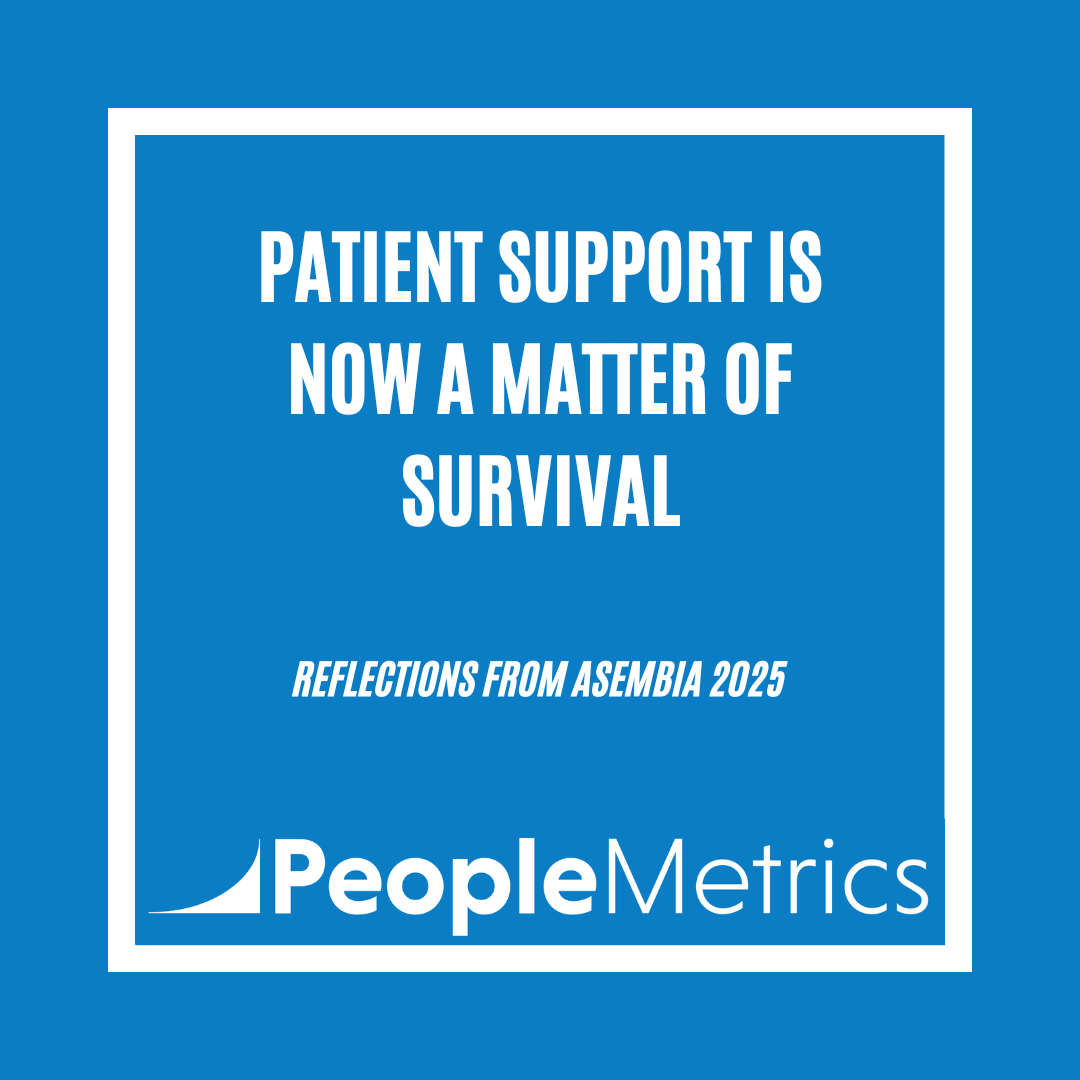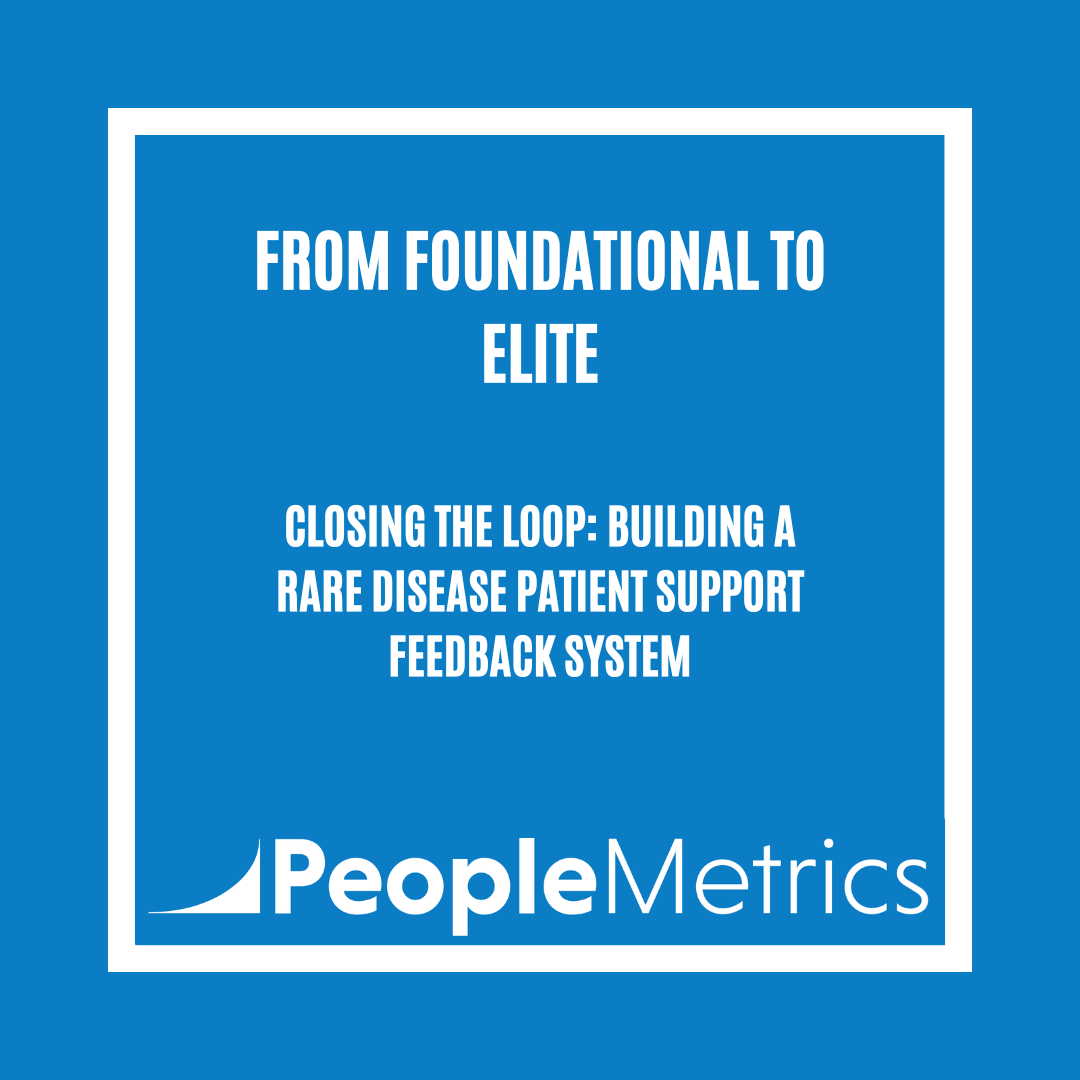How to make healthcare more accessible and streamlined without sacrificing quality is a conversation healthcare providers are used to having. While healthcare organizations are no strangers to the debate around this topic, many have found a few reliable ways to improve patient satisfaction without completely overhauling their current system.
To help your organization take a new, deliberate approach to improving patient satisfaction, this guide will explore strategies for crafting better patient experiences and dive into a case study of what improved patient experience looks like.
Why does patient satisfaction matter?
There are many reasons why healthcare organizations should prioritize patient satisfaction. Above all, making sure your patients feel cared for, respected, and valued is just the right thing to do. This applies to whether you’re running clinical trials, a small specialized practice, or a major organization.
To get more specific, positive patient satisfaction can help your healthcare organization by:
- Increasing trust. Patients who are satisfied with the care they receive are more likely to trust their doctor, follow treatment plans, and attend follow up appointments. Building a strong rapport can be especially important for patients in long-term care or those seeking treatment for sensitive issues, such as mental healthcare.
- Improving retention. Consistent care leads to better results, and patients are far more likely to return to the same provider for treatment if they had a positive experience. Clinical trials especially value high retention as it reduces delays that can arise when a patient drops out and a replacement needs to be found.
- Driving referrals. Many people are regularly looking for a new healthcare provider and ask their friends and family for recommendations. By maintaining high patient satisfaction, you can boost your healthcare organization’s net promoter score and attract more patients.
Above all, improving patient satisfaction means helping people going through stressful times. By ensuring they feel taken care of, your patients will be reassured they are receiving quality care and increase their trust in your healthcare organization.
5 Strategies for Improving Patient Satisfaction
Improving patient satisfaction requires active listening, empathy, and a framework that ensures your staff is able to respond to concerns in a timely manner. Here are a few strategies you can implement to begin seeing improvements in your patient satisfaction:
1. Implement a closed-loop feedback system.
When a patient has a negative experience and fills out a survey voicing their complaint, what happens next? Often, organizations have a system in place to collect feedback but not one to reliably act on that feedback.
A closed-loop feedback system ensures patients receive a response whenever they complete a survey. You can set up this system by using your patient experience (PX) management platform to automatically elevate completed surveys to the appropriate manager. In fact, some PX platforms are advanced enough that they can analyze the text in your survey to determine whether the sentiment is negative or positive when alerting managers.
In cases of positive feedback, you can simply close the loop by thanking the patient for their response and congratulating any members of your staff who were named in their survey.
For negative feedback, after receiving a survey, your managers should strive to identify and resolve the problem as quickly as possible. Then, get in touch with the patient to reassure them the issue has been addressed, that you are aware of the problem and working towards a solution, or assist them in any other way.
By getting in touch with the patient, you are able to complete the loop and ensure patients’ concerns are heard and acted upon.
2. Practice empathy.
Even when your healthcare organization does everything right, being a patient is still a stressful experience. As such, patients will go through emotional journeys while they’re in your care and may react more negatively to pain points and minor frustrations than they would normally.
You can improve the patient experience for both your patients and your staff by taking deliberate steps to treat patients with empathy.
When it comes to PX, empathy means taking the time to understand pain points from the patient's perspective. This includes taking heightened emotions into consideration and implementing processes that account for them.
For example, if you know you have many patients who feel anxious about making phone calls, you may create more online self-service options to let them book their own appointments, ask questions, and update their patient profile information.
When reviewing your patient feedback surveys, pay attention to the emotions patients express at various aspects of their journey, so you can identify where emotions may be high and how you can provide empathy.
3. Value patients’ time.
Patients do a lot more than just attend appointments, and getting healthcare can actually be a major time commitment.
Take the time to map out the entire journey your patients go through, paying special attention to each action they take. This will allow you to better understand exactly what your patients are doing and how you can streamline their experience.
For example, at an urgent care center, a patient with a minor medical concern may have to:
- Research local care centers.
- Check what insurance the care center accepts.
- Call during office hours to make an appointment.
- Check in and fill out new patient paperwork.
- Wait for their appointment.
These five steps all occur before a patient even receives care. Then, after their appointment, a patient may need to pick up a prescription at a pharmacy that accepts their insurance or arrange a new appointment with another professional they were referred to.
You can demonstrate that you value your patients’ time by reducing the steps they have to take as much as possible. In this example, you might streamline the research process by creating an easy-to-find page on your website that lists all insurance your care center accepts or allow patients to schedule an appointment online.
4. Focus on employee experience.
One of the fastest ways to improve patient experience is taking a look at your employee experience (EX). After all, employees who are motivated, feel supported, and want to work are far more likely to go the extra mile for patients.
You can follow similar steps to your PX strategy to implement an EX framework. These include:
- Create a satisfaction survey geared towards employees. Take time to consider your employees’ day-to-day experiences and ask questions about perceived pain points. At first, you may not be clear on what the most important pain points are but can refine your surveys as more responses roll in.
- Regularly collect responses. Send your surveys out on a routine basis, though be sure to not send too many to the same employee. After all, you don’t want them to spend all their time at work answering surveys!
- Elevate negative responses to the appropriate team members for follow-up. Just like with patients, close the loop on employee feedback. In most cases, employees’ managers will be able to respond to their concerns adequately. For positive surveys, keep track of which employees are named as doing a good job and helping their coworkers to properly congratulate them.
As you receive more surveys, you can also compile the responses to find recurring trends. For example, you may discover a pain point employees have when processing new patients that you were unaware of. This then might cause you to look at the patient experience and discover they’re affected by the same issue!
5. Involve caretakers.
While your PX program primarily focuses on patients, be aware of all the other people in their lives who play roles in their healthcare experiences.
Caretakers handle all the little—and sometimes big—things that need to get done in order for patients to receive care. This might include driving them to appointments, helping administer medication, and arranging other healthcare services such as physical therapy appointments.
On your PX surveys, include questions that allow caretakers to share their feedback as well. Doing so will allow you to see a fuller picture of what your patients go through on a daily basis and how your healthcare organization can play a role in improving it.
Improved Patient Satisfaction in Action: Lifespan Case Study
Lifespan has been improving operations since 2002 using PeopleMetrics’ employee engagement management solution. Based in Providence, RI, Lifespan employs 11,800 employees and 2,700 physicians. To track engagement over time, Lifespan surveys all employees on a biennial basis.
In between system-wide surveys, Lifespan uses pulse surveys which are delivered to a statistically representative slice of employees. Electronic focus groups (eFocus™) are also arranged to gain in-depth insight into the key engagement drivers. Finally, PeopleMetrics analyzes each Lifespan hospital’s human resources records on turnover, overtime, and work done on a contract basis. This allows Lifespan to evaluate whether employee engagement management (EEM) is delivering positive business outcomes.
All of this data has revealed system-wide drivers for employee engagement. Additionally, each hospital determined specific engagement drivers at its facility. These results were used to create site- and department-specific action plans to increase engagement.
The results of Lifespan’s EEM work were impressive. A pulse survey conducted after the first year showed significant improvement in engagement scores. Additionally, more Lifespan employees felt that management was committed to acting on survey results. Furthermore, Lifespan was able to establish a correlation between employee engagement and patient satisfaction: ratings of care and likelihood to recommend the hospital improved. Lifespan’s excellence in its employee engagement practices was recognized at a national healthcare conference in 2006, where Lifespan was awarded a Best Practices award.
Learning More
Keeping patient satisfaction high is an ongoing process, and healthcare organizations can continue to do so by implementing an organized patient experience framework. Listen to patient feedback, organize responses to identify major pain points, and respond to patient concerns quickly and with empathy.
To learn more about what your healthcare organization can do to improve your patients’ experience, start your research with these resources:
- Pharma CX: The Complete Overview for Game-Changing Results. Pharma CX has much in common with customer experience programs at other types of organizations with a few key differences. Get an overview with this guide.
- Get Started Measuring Patient Experience in Clinical Trials. Participating in a clinical trial can be an important but stressful experience for patients. Discover how to measure the patient experience in this setting.
- What’s a Customer Journey Map? Template & Crash Course. Patients go through an extensive journey from when they first discover your healthcare organization to long after they receive care. Learn how to chart the steps they take with this guide to customer journey maps.







